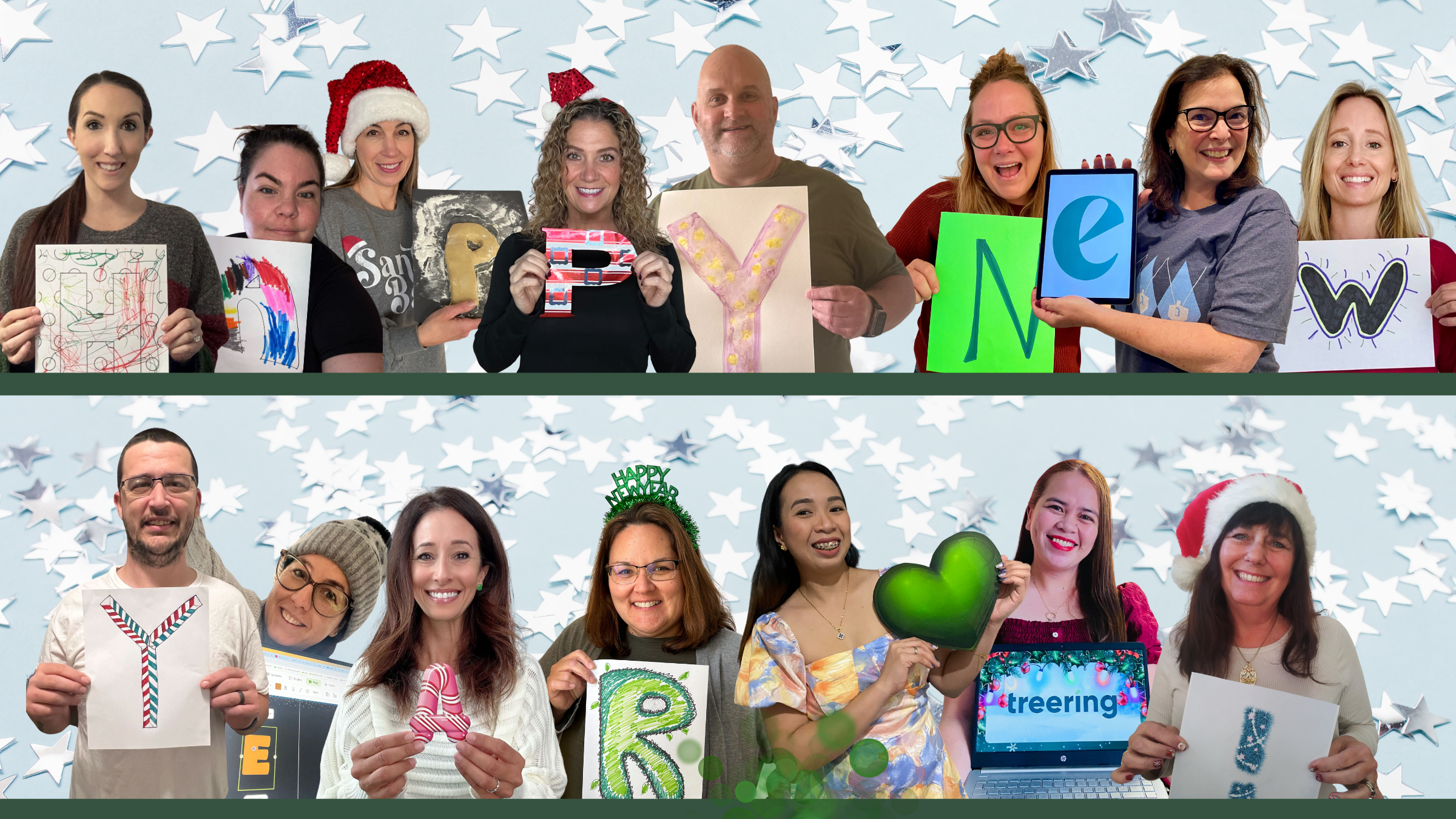Wouldn’t it be great if your yearbook could help buy your school new Chromebooks or iPads or fund a new STEAM program? We think so too! Treering has already helped schools raise more than $11 million (and counting) and funded all kinds of wonderful things for schools. Make money from something you already do: add any amount to the price of your yearbook as a fundraiser.
Our books are so fairly priced that you don’t need to feel guilty about adding a fundraiser to the cost of the book. Let’s say the core price of your book is $45, and you add a $5 fundraiser. If you sell 500 books, you will have raised $2,375 for your school! That could cover the cost of a few educational field trips!
Full disclosure (because, hi, we love transparency): Treering charges just 5% processing to cover the credit card and bank fees.
Fundraising in Action
Mercury Mine Elementary
“Treeing’s fundraising tools helped my school build a yearbook program that no longer creates a drain on our finances. Now with Treering we MAKE money on our yearbook program. Funds raised from the yearbook go to our school’s 501c3 Parent Teacher Group and help us to support the school’s programs and services. Our PTG strives to promote communication, understanding, and cooperation among students, parents, faculty, and the Miner community. Our goal is to promote a supportive and engaging community atmosphere and Treering helps us reach those goals.” – Erin
Augusta Circle Elementary
“We use Treering’s fundraising tool in two ways. First, we add to the cost of the book, making $1 off each book sold. We also sell celebration ads to parents. We use our extra funds to provide yearbooks to 5th graders who may otherwise not be able to buy one, so that all graduating students leave with a yearbook. Last year, we raised enough money to refinish the outside basketball courts, which were worn down, cracked, and had become hazardous, plus added two new basketball goals! This year we hope to add a large sunshade over part of the playground with the money we raise through the yearbook. We are so grateful for Treering!” – Ansley
Presidio Middle School
“We give books to 8th graders who are moving up to high school. I give away about 60 books to 8th graders. We call it a contest, [students have to fill out an online form to enter] but it susses out students who might not be able to afford a book and don’t want to ask for a free one.” – Janet
PSA on Fundraising With Yearbook Ad Sales
Typically, yearbook ad sales are one way teams do their fundraising.
Generally speaking, schools sell yearbook ads for one of three reasons:
- To pay back existing publisher debt
- As an opportunity to teach business skills (sales, advertising, negotiation, and more)
- As a fundraising effort to purchase new equipment
Number one can happen for myriad reasons: perhaps you bought far too many books last year, maybe your budget was slashed, or you inherited a yearbook program in the red. Negotiate, negotiate, negotiate with your publisher for more school-friendly terms. (Thank you for coming to our TED Talk.)

While selling ads is a good way to teach students about business, it’s not a necessity for every yearbook program. Virtually any fundraising opportunity can be turned into something teachable, and selling ads is probably the most resource-intensive of the bunch. This reality is what makes ad sales particularly alluring because they quite literally become part of the finished product.
If you want to add business development consider teaching:
- Problem-solving
- Goal-setting and project management
- Team leadership
- Social media marketing to promote your program, book sales, and crowdsourcing






